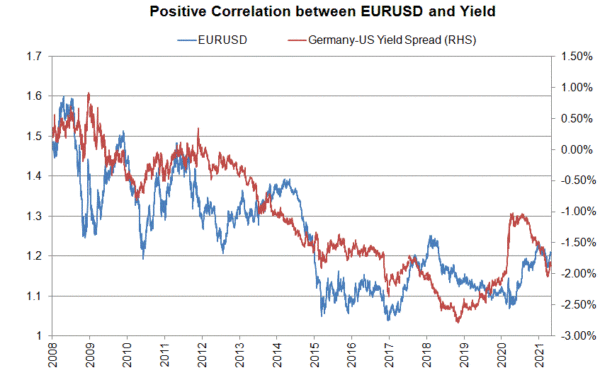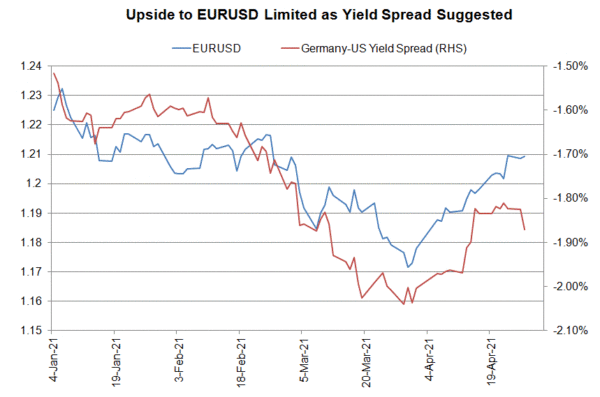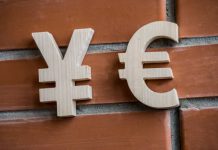Weakness of US dollar in most of April has been mainly driven by falling Treasury yields. We believe US’ strong economic growth in coming quarters, market expectations of Fed funds rate hike and the Fed’s plan to taper QE would again lift Treasury yields, lending support to the greenback. In particular, we expect limited upside to EURUSD given the potential monetary policy divergence.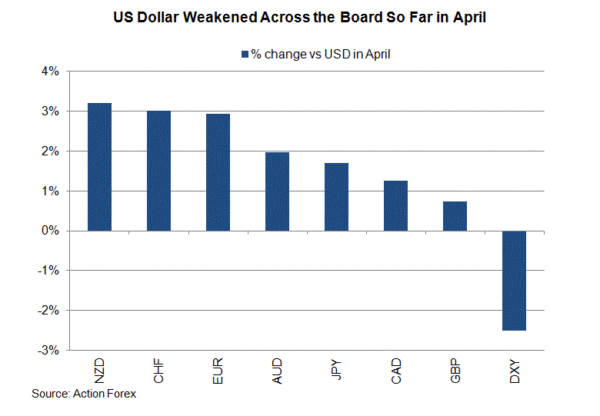
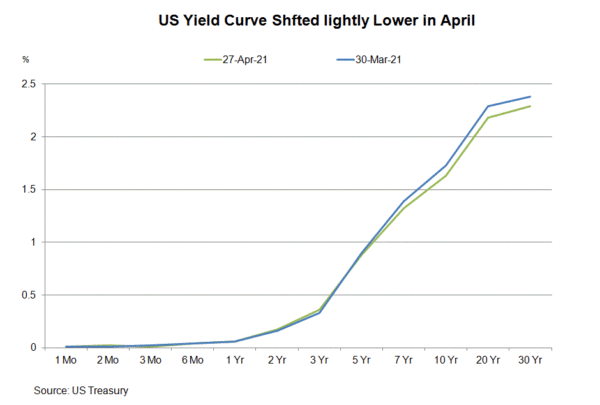 Strong Growth Momentum
Strong Growth Momentum
As we mentioned in the FOMC preview, recent data has suggested stronger-than-expected recovery in the US. Besides increase in nonfarm payrolls and retail sales growth, consumer confidence jumped to highest in 14 months. The Conference Board Consumer Confidence Index rose to 121.7 in April, from 109 in March. Meanwhile, the Present Situation Index soared +29.5 points to 139.6, and the Expectations Index gained +1.5 points to 109.8 in the month. As noted in the accompanying report, “consumers were more upbeat about their income prospects, perhaps due to the improving job market and the recent round of stimulus checks”. Meanwhile, “vacation intentions posted a healthy increase, likely boosted by the accelerating vaccine rollout and further loosening of pandemic restrictions”. Separately, property price jumped by a record +12.2% y/y in February.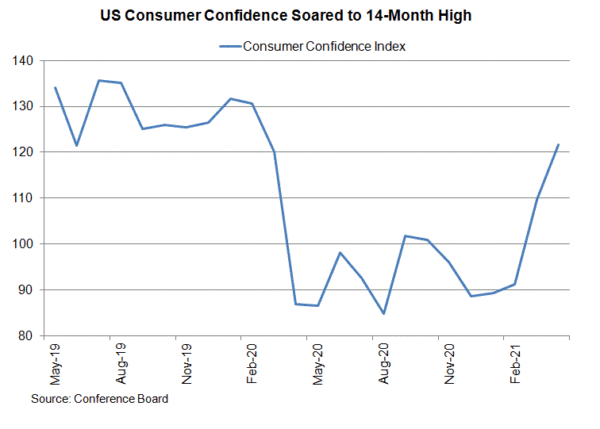
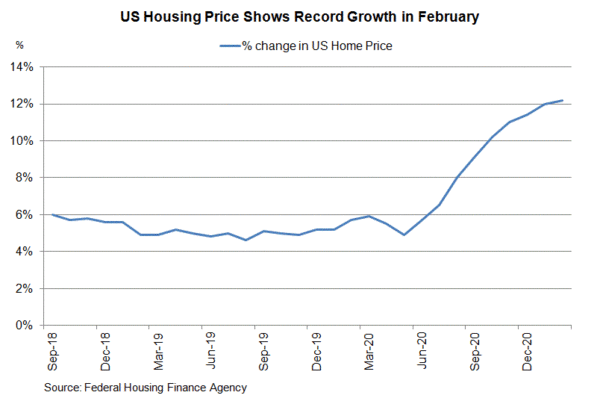
Inflation expectations remain strong, with the 10-year breakeven rate rising to 2.39%, highest since April 2013, as of today. Upbeat inflation expectations should offer support to Treasury yields as well as US dollar.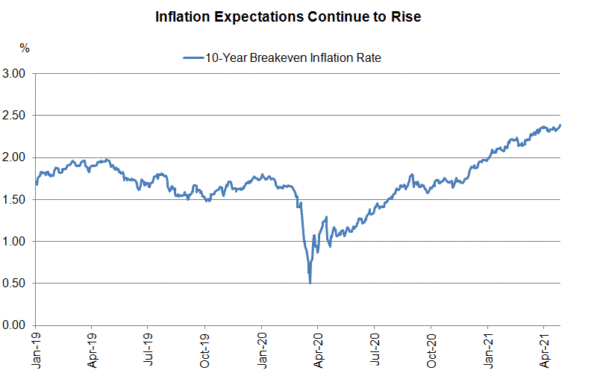
Market Pricing in Earlier Rate Hike than Fed’s Projection
At the March meeting, the median dot plot projected that the first Fed funds rate hike would not occur at least until 2024. Yet, the market has priced in a rate hike in as soon as next year. Despite turning less hawkish than early April, the Eurodollar futures have factored in 3 rate hikes by December 2023. Meanwhile, the OIS 3-month forwards suggest that the first rate hike would come in September 2023. Fed’s message this week should be pivotal to market expectations. The ECB has kept the deposit rate at -0.5% since 2019. Rate hike remains a distant prospect while some participants have forecast further cut.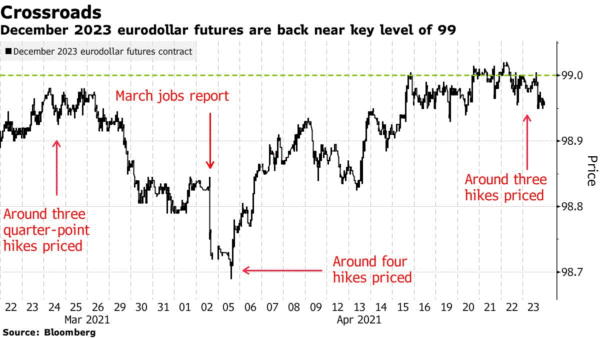
Fed’s Plan to QE Tapering
The Fed is expected keep all the monetary policy measures unchanged at the upcoming meeting. However, the strong economic momentum suggests that the members should start to discuss about QE tapering. We expect related announcement would be made in 3Q21 and implementation should begin in 2022.
By contrast, the ECB “decided to reconfirm its very accommodative monetary policy stance” at the April meeting. It also reaffirmed the stance that asset purchases under the PEPP over the current quarter to “continue to be conducted at a significantly higher pace than during the first months of the year”. It is true that ECB’s pace of asset purchases is not as fast as some had anticipated and this explains why the market forecasts a slowdown in purchases after June. ECB’s Bank Lending Survey for 1Q21 revealed that demand for borrowing declined while credit standards for business remained tight. We doubt whether the ECB could tolerate rising yield against the backdrop of subdued investment. Tight financial condition could justify the central bank’s dovish bias in coming months even if economic recovery continues.
Potential divergence in the monetary policy outlook between the Fed and the ECB could lead to widening in US-EU yield spread, in support of USD.